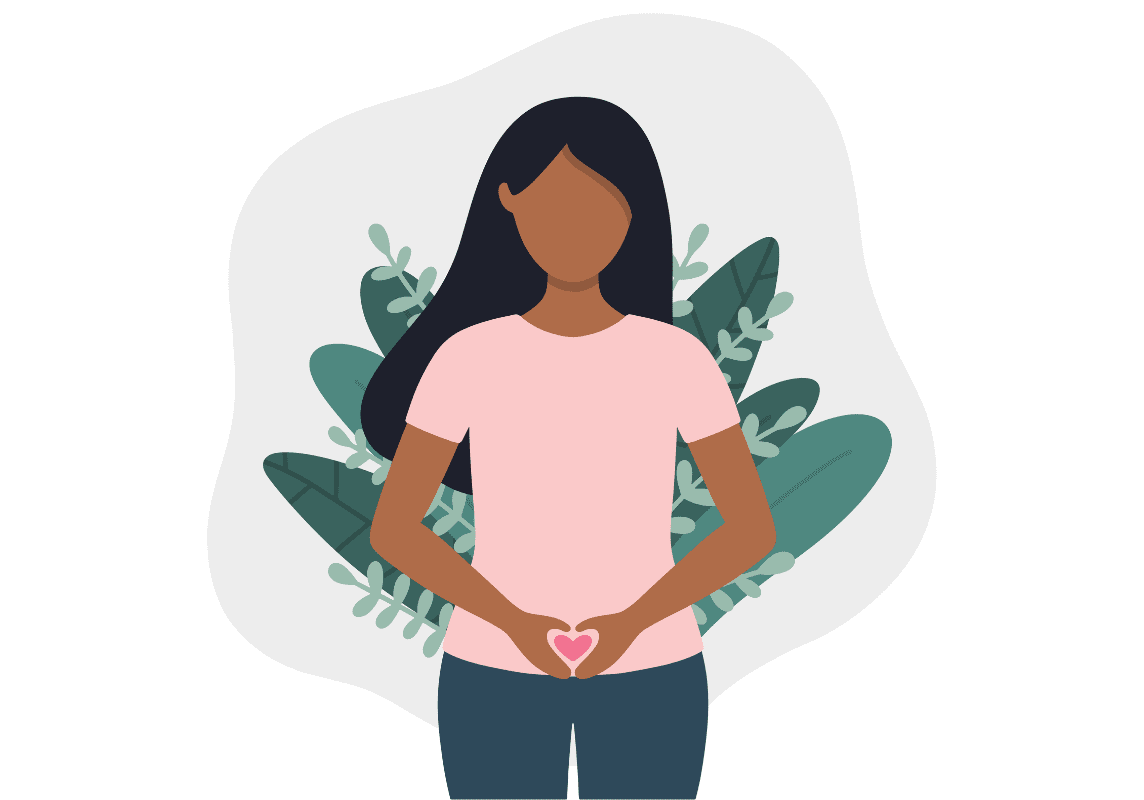
Yoga and Menstruation
Why you should align your yoga with your menstrual cycle. By Anja Brierley Lange
Just like there are yearly seasons, and the moon changes through the month, we are also cyclical beings. As humans, we have several cycles. The one we are most familiar with is the circadian rhythm, which is the 24-hour cycle of waking up in the morning, having breakfast, going to work, commuting home, eating dinner, resting and then going to be at night. We follow this rhythm each day, except for weekends when we do the daily chores such as shopping and cleaning instead of going to work.
But we are also influenced by the infradian rhythms, which acknowledge the longer cycles, such as the yearly cycle, the seasons, the moon cycle and the menstrual cycle. This is something ayurveda teaches us too. However, most people are not aware of just how much the infradian rhythms influence us and these shifts are generally not taken into account in how we live our life. In this article, we will focus on the menstrual cycle which includes menstruation, the follicular phase, ovulation and the luteal phase.
Even in our yoga practice, we expect to continue the same routine and practice the same poses, with the same power and strength, even when our hormones and the ayurvedic concept of the doshas tell us to slow down or adjust our practice. Because that is how we have been conditioned and are expected to be. But we are cyclical, not linear. There are positives in all our phases: we just need to change our mindset. This is what menstrual cycle awareness and Ayurveda are about. In ayurveda we are aware of our inner cycles as well as the external shifts and environmental seasons. It is time to harness the power of the changing phases of the menstrual cycle. Working with the body rather than against it. And that is where the principles of ayurveda can guide us in life, through the menstrual cycle and in our yoga practice.
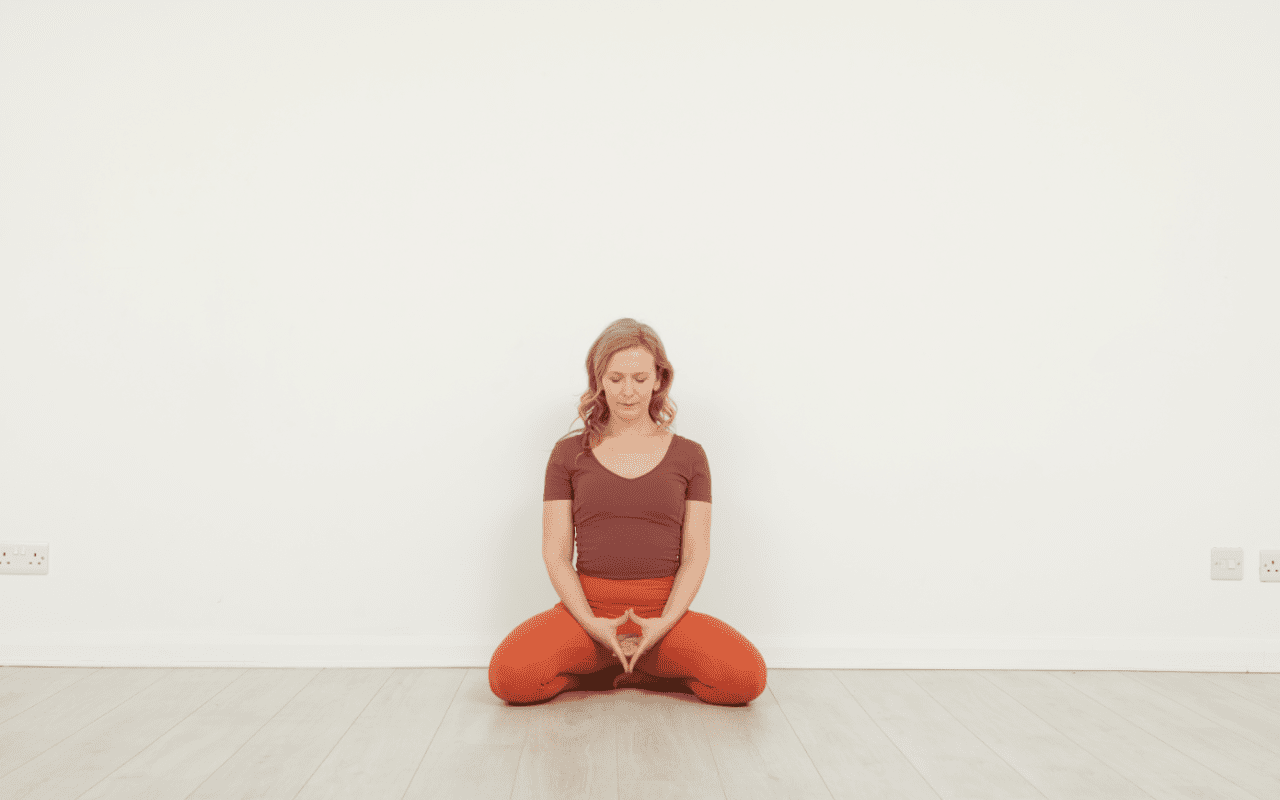
Yoga during the menstrual phase
Day one of the menstrual cycle is the first day of bleeding. This is the time when the hormones are low and perhaps we feel tired and depleted. In ayurveda we say that vata dosha (comprised of the air and space elements) is active through apana vayu. This is the downward direction of prana, or energy, and is responsible for menstruation. It makes sense to allow this natural flow of apana vayu without any disruptions. For some people, there is a natural inclination to rest and not practice yoga at all. Others move into more of a contemplative or meditative practice. For others, it is a beautiful time for restorative or yin yoga where you hold poses for longer. It is good to use props, bolsters, sandbags, cushions and blankets. You can also enjoy a meditative slow flow. These practices all support, rather than disturb, vata or apana.
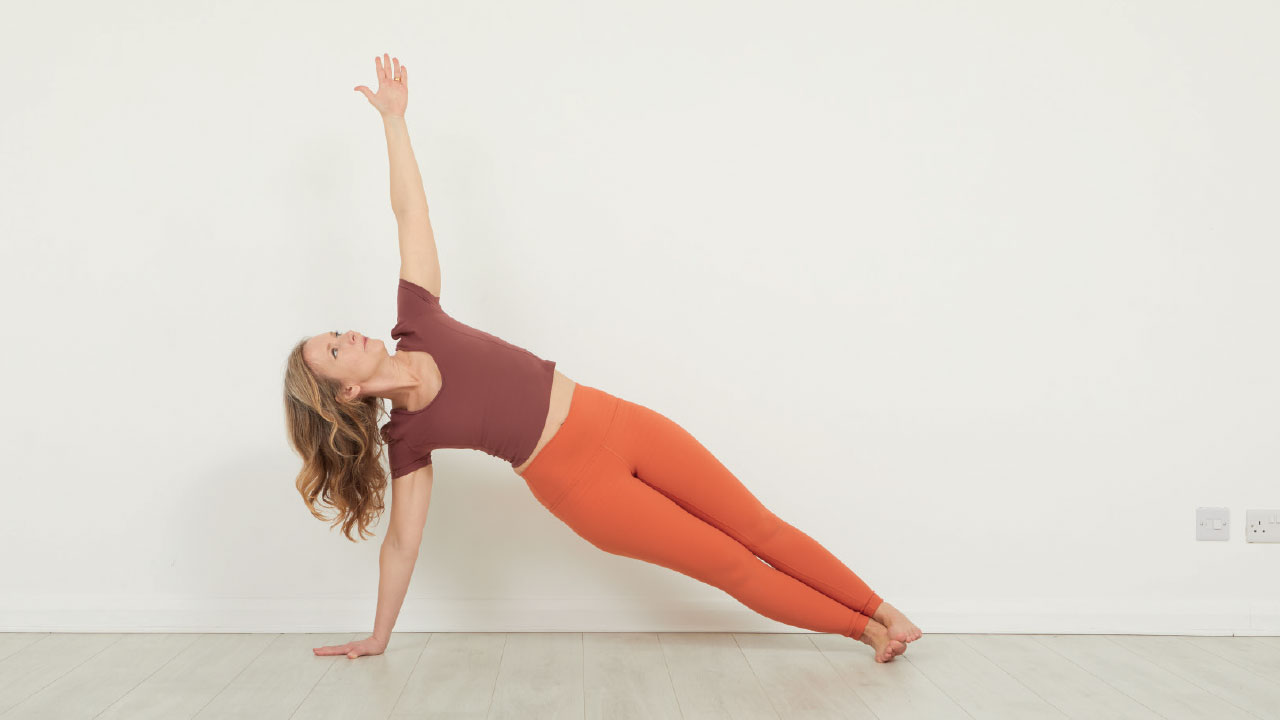
Yoga during the follicular phase
The follicular phase is the time after menstruation until ovulation (in some medical papers and textbooks the follicular phase includes menstruation as well). Both in Western medicine and from an ayurvedic perspective, this is a time when we build up strength and energy. The uterine lining is growing due to oestrogen and in Ayurveda we can imagine kapha dosha being dominant. Kapha is the earth and water element and is associated with strength, stamina, endurance and growth. And oestrogen is shown to be part of muscle repair and restoration.
We can take advantage of these muscle-building qualities when oestrogen and kapha dosha increase. We have more energy and maybe more confidence in this phase. This is the time for arm-balances, handstands, planks and side-planks. Be adventurous and creative in your stronger dynamic flow.
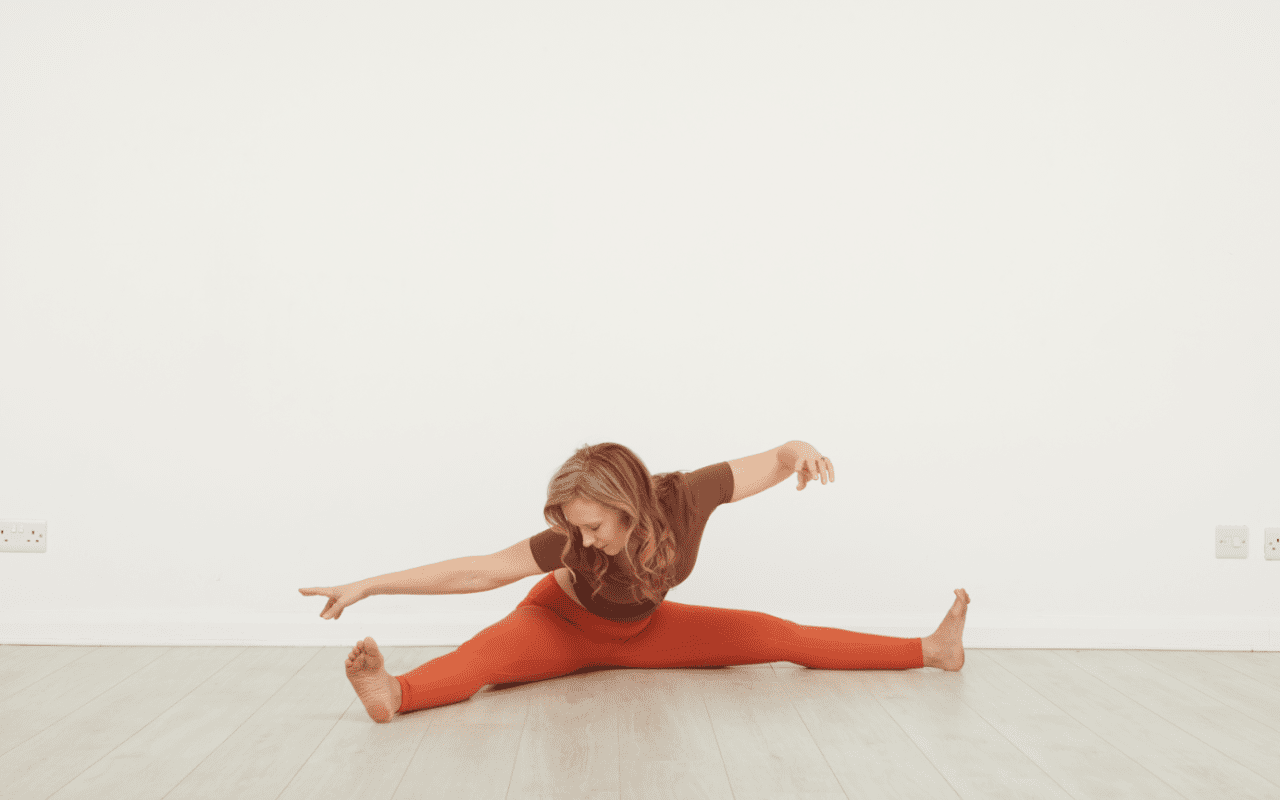
Yoga during the ovulation time
Ovulation is the day when an egg is released from a follicle from either of the ovaries into the uterine tube. At the time around ovulation hormone levels are high and most people feel really good. There is a natural sense of confidence and energy. It's time for a potential pregnancy, and oestrogen along with kapha dosha energy may make us feel extra juicy, sexy and sensual too.
It is the time of the month when we have the most testosterone in our circulation. Testosterone is often thought of as a male hormone but it is also part of female physiology and health. It increases the feel-good hormone dopamine and is part of healthy libido, orgasms and sexual wellbeing. It also contributes to muscular and bone health.
Enjoy the stronger muscle-building yoga you did in the follicular phase. Alternatively, we can embrace the sensual, soft and fluid feminine energy of fertility, oestrogen and kapha as the Earth Goddess. This can be a softer, creative, circular or spiralling intuitive flow.
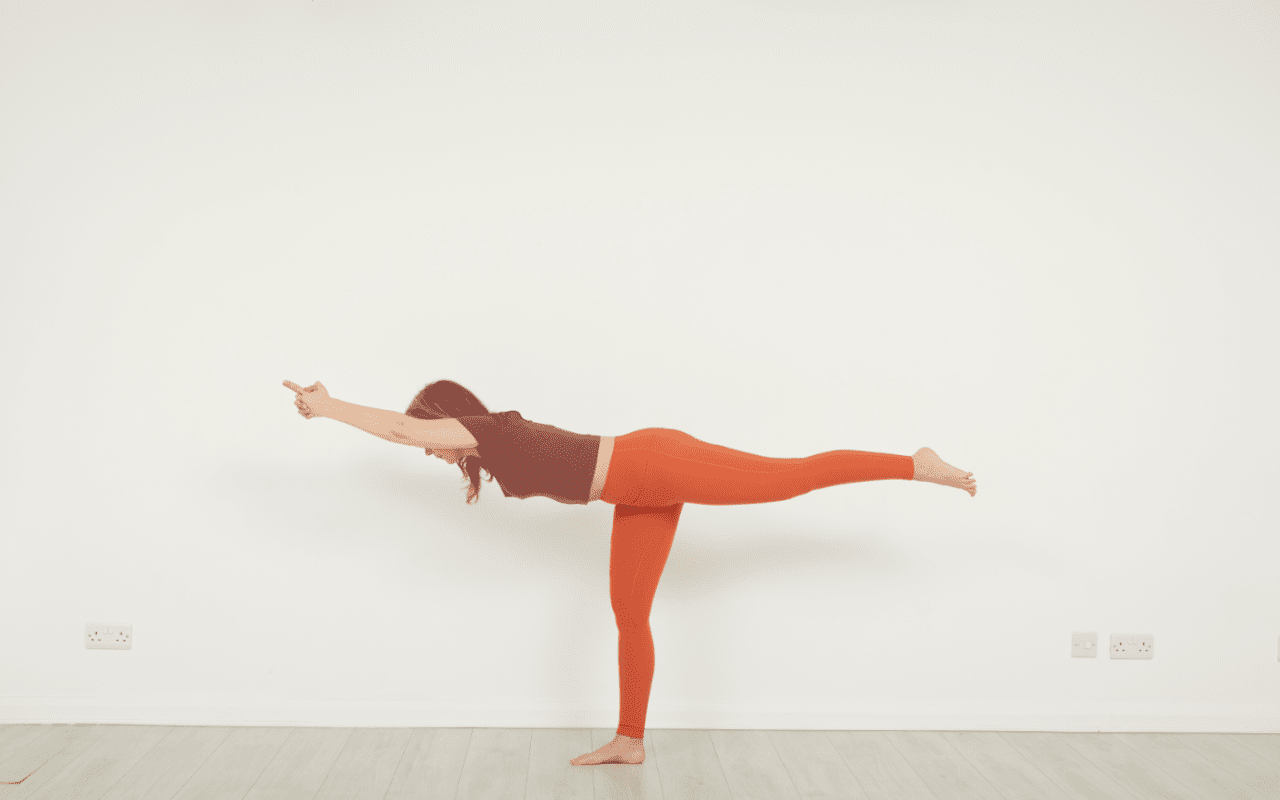
Yoga during the luteal phase
The luteal phase begins after ovulation. Some people sense a definite shift post-ovulation, although, for most people, the phases flow into each other more subtly. At the beginning of the luteal phase, we may still feel strong and focused whereas towards the end we can feel tired or depleted moving into a very distinct premenstrual phase. Progesterone increases which can have a slight heating quality. A bit like pitta dosha from an ayurvedic perspective. Pitta, being the element of fire (and water), is also about being sharp and focused. It is the light so we can see clearly. Excess pitta is overheating, which can manifest as perspiration and increased body temperature, hot flushes and inflammation, but also as hot temper, irritability, anger and frustration. Many premenstrual syndromes could be caused by excess or imbalanced pitta dosa.
Enjoy this phase to focus on detail, alignment, and technique. Avoiding anything that is excessively heating such as hot power yoga or a strong ujjayi pranayama.
Bringing it all together
Remember we are all individuals with unique constitutions and different experiences. Using a template such as ayurveda is a perfect tool to guide us in life and in our yoga practice adjusting to how we feel at a specific time in the environment we are in. This includes the menstrual cycle and the different phases of the cycle.
Start to track your menstrual cycle to notice your own personal patterns physically, mentally, emotionally and even energetically. Then adjust your yoga to support these patterns and your unique experience.
Anja Brierley Lange is an experienced yoga teacher and ayurvedic practitioner and the author of Teaching Yoga for the Menstrual Cycle: an Ayurvedic Approach. Visit: yogaembodied.com or connect on Instagram @anja_yogini




